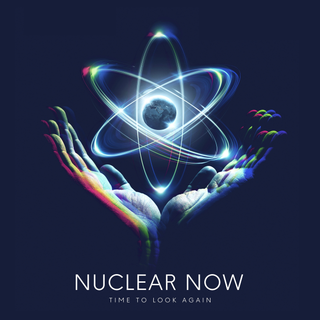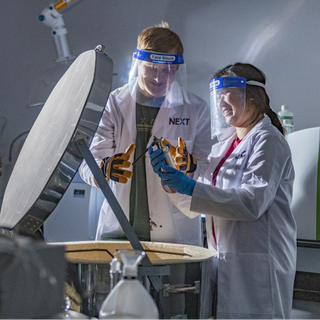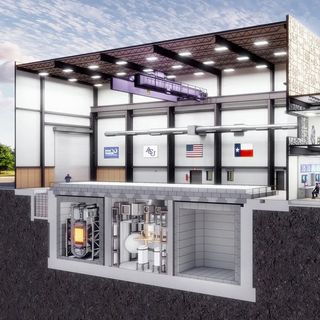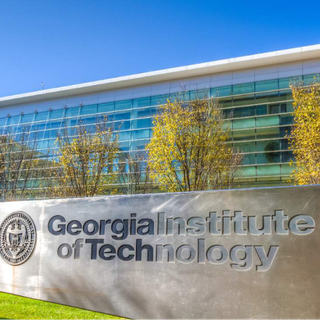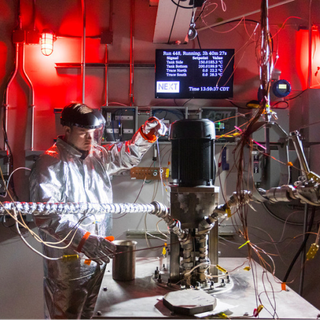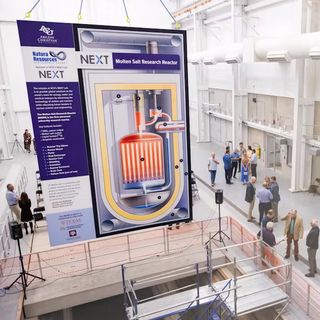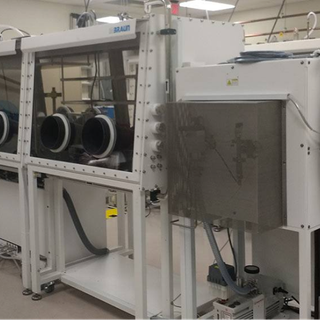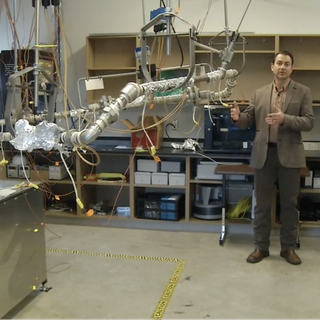When veteran oilman Doug Robison retired from his company, ExL Petroleum, and relocated to Abilene, he thought he was finished with the energy world.
He thought wrong.
In 2017, he heard a presentation from Rusty Towell, professor of engineering and physics at Abilene Christian University on research he was doing on a new type of nuclear reactor – a molten salt-fueled reactor. The presentation fit in with Robison’s experience serving on then-Gov. Rick Perry’s Texas Energy Planning Council formed in 2004.
“I helped draft the energy plan,” Robison told the Reporter-Telegram in a telephone interview. “One finding my committee made was that, if you want to replace hydrocarbons in base load power, nuclear energy was the only way you could do that.”
Towell’s presentation told of nuclear technology that could meet the need for energy in the developing world as well as water and medical isotopes. Robison was so impressed, “I came out of retirement and stood up Natura Resources to help fund a research reactor.”
He committed $3.2 million from his foundation and in 2020 announced $30.5 million in sponsored research, establishing the Natura Resources Research Alliance consisting of ACU, Texas A&M University, the University of Texas at Austin and Georgia Institute of Technology.
The research is being done at the just-opened Gayle and Max Dillard Science and Engineering Research Center, which houses the Nuclear Energy eXperimental Testing Laboratory and, eventually a Molten Salt Research Reactor.
Towell told the Reporter-Telegram in a telephone interview he has a long history in nuclear physics, earning a degree from ACU before joining the Navy and eventually earning a doctorate from UT.
He said he was urged to look at advanced nuclear reactor technology and, specifically, molten salt. Molten salt reactors work at twice the temperature of traditional nuclear reactors, using molten salt rather than water to cool the reactors.
“Local folks loved the vision of what a molten salt reactor could do for the world – they could raise the standard of living for the world with clean energy and advance cancer detection and treatment,” Towell said.
According to the Nuclear Regulatory Commission, the agency is in the process of reviewing the construction permit application. An advanced safety evaluation report is due in January with the final report targeted to be released next May. A draft environmental assessment is targeted to be completed in October with the final assessment targeted for next April. Robison said if both the safety and environmental reports support the project, a final construction permit could be issued as soon as next May, with the reactor going online in 2025 or 2026. ACU will file with the NRC for a permit to operate the reactor.
“We’re already working on commercial reactors to go online not long after; we need to get that energy out on the grid,” Robison said.
“What the reactor could do in the Delaware is power the oilfield and repurpose produced water,” he said.
Towell noted that a number of companies want to build data centers in the region, which would require a lot of electricity – and reliable electricity. Commercializing the reactors to deploy across the region could also provide power to factories and manufacturers as well as oil fields. The high process heat required by the reactors could also help desalinate produced water.
In traditional nuclear reactors, he said the biggest waste is unused fuel that then has to be stored for thousands of years. His technology, being liquid fuel, means there is much less waste because all the fuel is used.
What Robison brought to ACU’s efforts to move the research forward was “an oil and gas mentality: If you’re not turning to the right, you’re not producing anything,” he said.

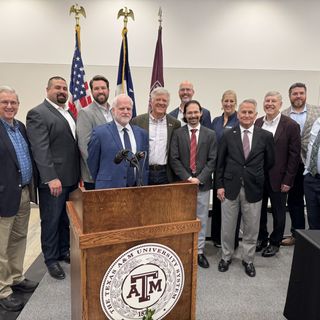
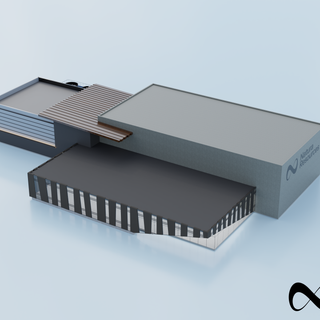
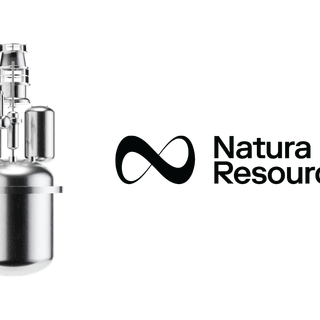
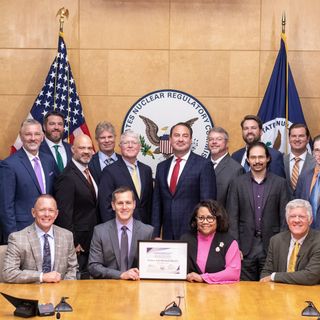

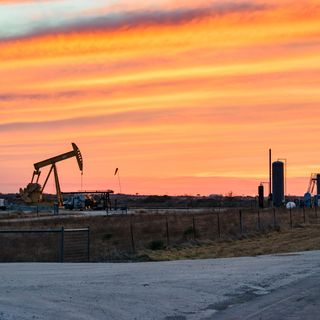
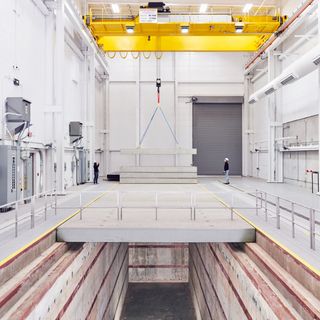
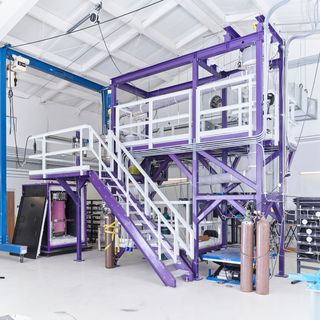

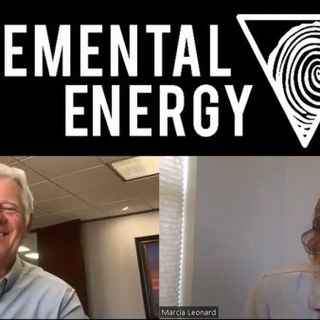
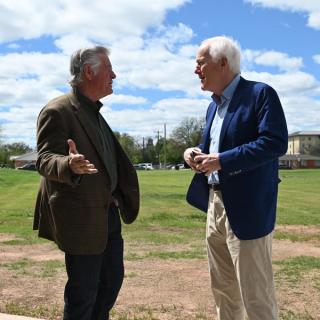
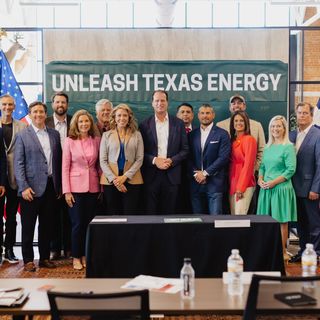
%20Dr.%20Phil%20Schubert_John%20Zachry_Douglass%20Robison_Dr.%20Rusty%20Towell.jpg?rect=49,0,1269,1269&w=320&h=320&fit=min&auto=format)


